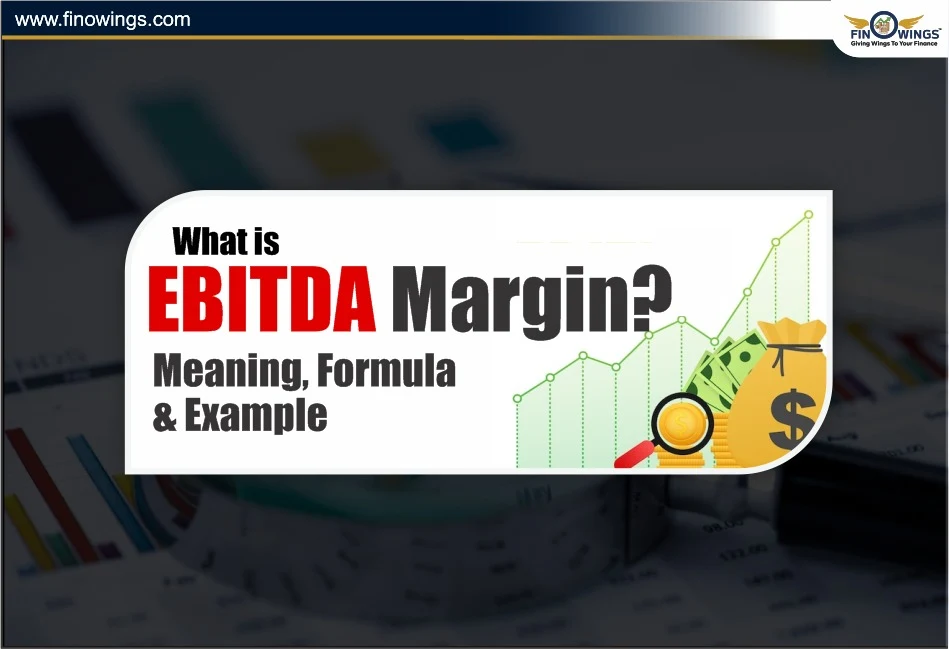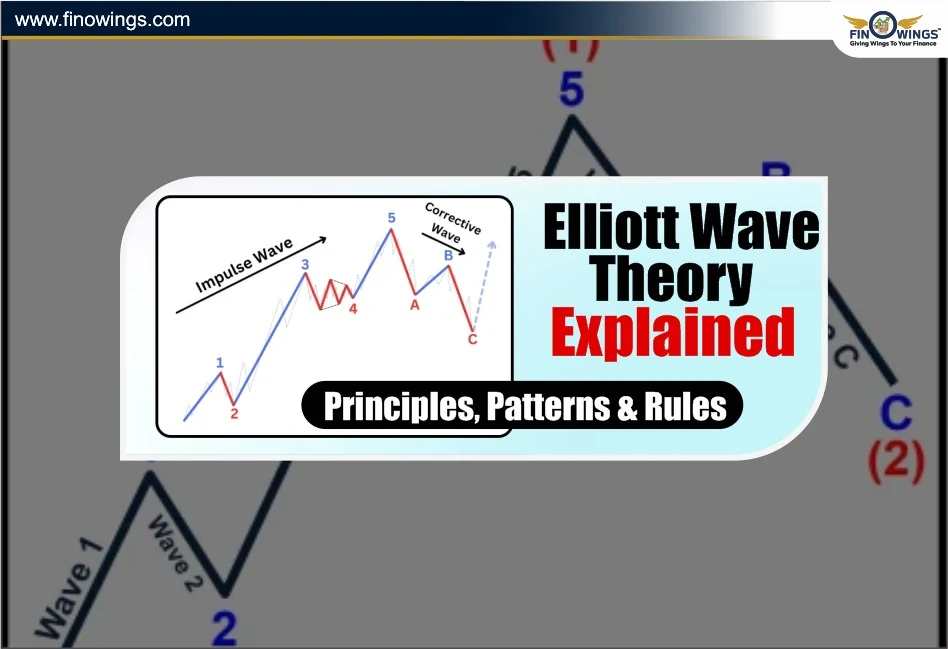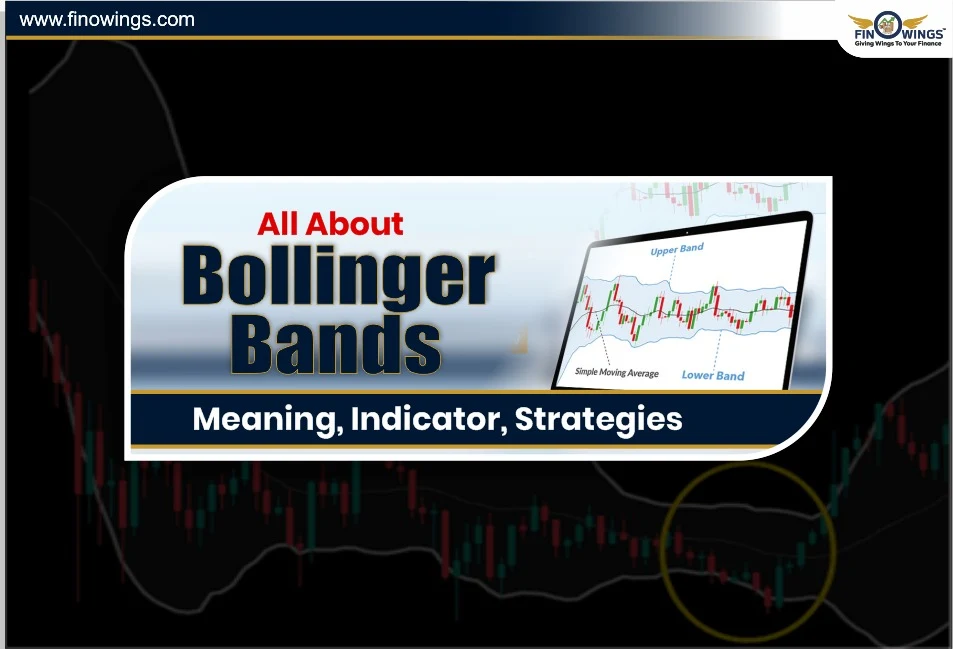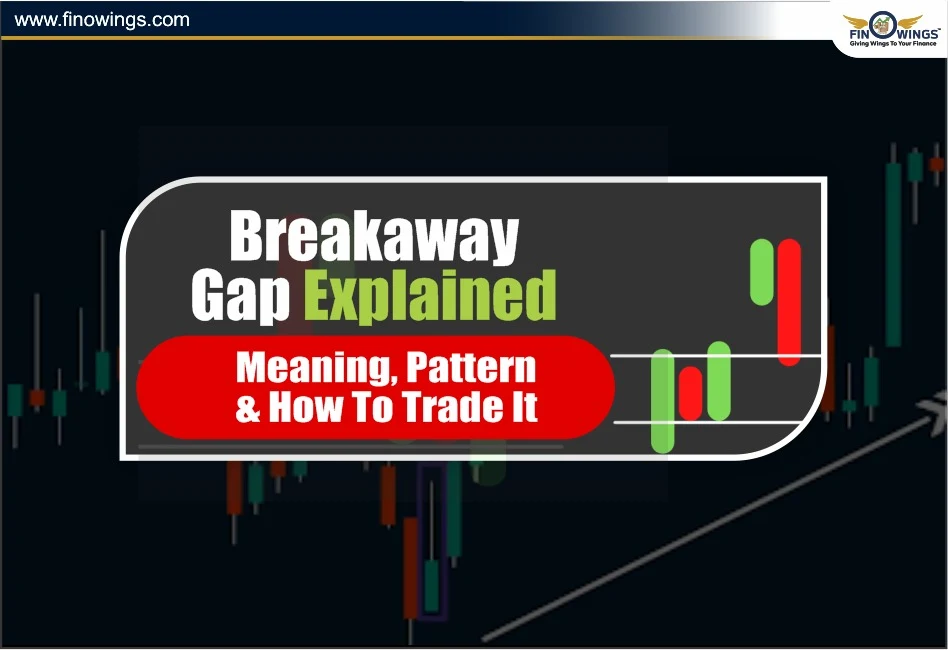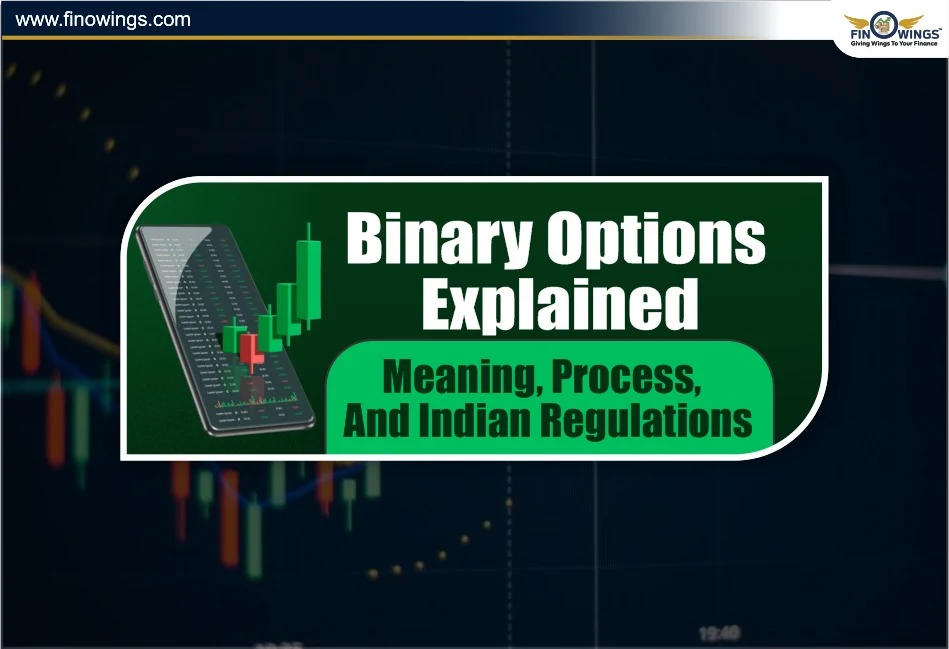Home >> Blog >> Difference Between Holding and Position Explained for Beginners
Difference Between Holding and Position Explained for Beginners
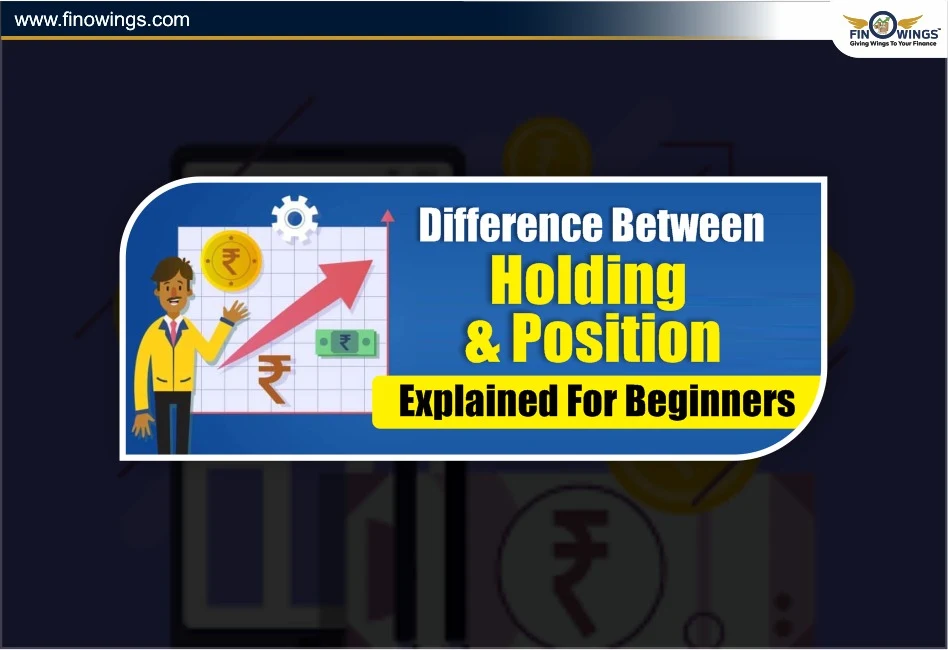
Table of Contents
When people start trading or investing in the stock market, two words pop up in their portfolio dashboard - Holdings and Position. They look and sound similar but they represent two different things.
Understanding the difference between holdings and positions is vital for every beginner as those differences determine how they understand their portfolio as well as their market strategy, and how much they are winning or losing.
Here, we will explain the difference between holding and position, their types, how they show up in your trading account and which one applies for intraday or delivery trading.
What Are Holdings in the Stock Market?
Holdings is the word referring to the shares or investments you actually own and are holding in your Demat account. These are the stocks that you bought and did not sell on the same day.
Simply put, holdings are your long-term investments. They will stay in your account until you decide to sell them.
Example of Our Holdings:
Let's say you purchased 50 shares of Tata Motors today and didn't sell them by market close. Those shares get delivered to your Demat Account. From the next trading day, under "Holdings" you will see them
Holdings can include Equity shares (stocks), Mutual Funds, ETFs (Exchange Traded Funds), Bonds or other long-term investments
Key Characteristics of Holdings:
-
Owned shares settled in your Demat Account.
-
Most beneficial for long-term and delivery traders.
-
Access to dividends, bonuses, and other corporate benefits.
-
Profit or Loss is based on the price you sell your shares in the future.
What Are Positions in the Stock Market?
Positions refer to active trades taken in the market, but not squared off yet. This means you have some trades still open which can be intraday or derivative (F&O) positions.
Example of Positions:
If you buy 100 shares of Infosys in the morning and plan to sell them before the market closes, this is an intraday position.
When purchasing a Bank Nifty futures contract, that represents a type of position, which likewise, will remain open until you either square it off or it expires.
Key Characteristics of Positions:
-
They depict open trades, which either buy or sell and are pending settlement.
-
They can be long positions, which means you buy first, and sell later, or short positions, which means you sell first, and buy later.
-
They can be in intraday, futures, and options segments.
-
As for intraday positions, you will be closed automatically, safely squared at the end of the day.
Types of Positions
Let’s break down the two major types of positions in trading.
1. Long Position:
A long position is where you buy first in anticipation of a rise in the price.
Example: You buy 100 shares of HDFC Bank at ₹1,500 and expect it to rise to ₹1,550.
2. Short Position:
When you sell first and expect the price to fall, you’re entering a short position.
Example: You sell 50 of Reliance shares at ₹2,500, and then buy the shares back at ₹2,450.
Check out our comprehensive tutorial on Difference Between Holding and Position Explained for Beginners to learn how your portfolio appears on your trading software.
It explains how positions and holdings show up in your Demat account and how they affect your trading or investing approach.
Holdings vs Positions - The Core Difference
Holdings vs positions, both are unique, and the stock market will reward you for using each. To understand the difference between position vs holding, look at the simple chart below:
|
Basis |
Holdings |
Positions |
|
Definition |
Shares or assets you own and are delivered to your Demat account |
Active trades not yet settled or squared off |
|
Trading Type |
Delivery-based or investment trades |
Intraday or derivative (F&O) trades |
|
Time Duration |
Long-term or multi-day |
Short-term (same day or a few days for F&O) |
|
Ownership |
You own the asset in your Demat account |
No ownership - just an open trade |
|
Profit Calculation |
Based on the selling price minus the buying price |
Based on price movement during trade |
|
Example |
Buying and holding Infosys shares for 6 months |
Buying Infosys shares in the morning and selling before 3:30 PM |
|
Segment |
Cash market (equity delivery) |
Intraday, Futures, and Options |
|
Visibility |
Shown under “Holdings” in portfolio |
Shown under “Positions” in the trading dashboard |
How They Appear in Your Broker App (Zerodha, Groww, Upstox, etc.)
When you enter your trading app, you will probably see Holdings and Positions as the first two buttons.
Holdings Tab: Displays the stocks you have received and stored in your Demat account.
Positions Tab: Displays all trades, whether intraday, F&O, or short-term, which are currently open and have not yet been settled.
When you change an intraday trade to delivery, the trade will migrate from the “Positions” tab to the “Holdings” tab on the following trading day.
Example to Understand Better
Let’s say you buy 50 shares of HDFC Bank at ₹1,500 each.
Case 1: You sell those 50 shares the same day - this is considered a position (intraday trade).
Case 2: You hold those 50 shares for a month - this is a holding (delivery trade).
Hence, the main difference between holding and position is time and ownership.
Which One Is Better: Holding or Position?
It depends on your trading style. If you are an investor, Holdings are better because they build your wealth over time. If you are a trader, Positions are better, as they let you short a market move.
For a beginner, it's always advisable to start with delivery (holdings) trading, as it is less risky than position trading (intraday or derivatives).
Final Thoughts
The difference between holdings and positions lies in ownership, time frame, and the goal of trading. Holdings are your investments - long-term, delivery-based, and what you own in your Demat account. Positions are your open trades - short-term, intraday, or derivative-based, and aimed for quick profits.
The positions vs holdings comparison will help you decide on your portfolio, control potential risks, and understand your profits and losses.
Check out our in-depth blog on Elliott Wave Theory if you're keen to comprehend the psychology underlying market movements and how price trends develop. It is a must-read for anybody learning the fundamentals of market behaviour since it explains how trader sentiment and wave patterns affect stock movements.
DISCLAIMER: This blog is NOT any buy or sell recommendation. No investment or trading advice is given. The content is purely for educational and information purposes only. Always consult your eligible financial advisor for investment-related decisions.




